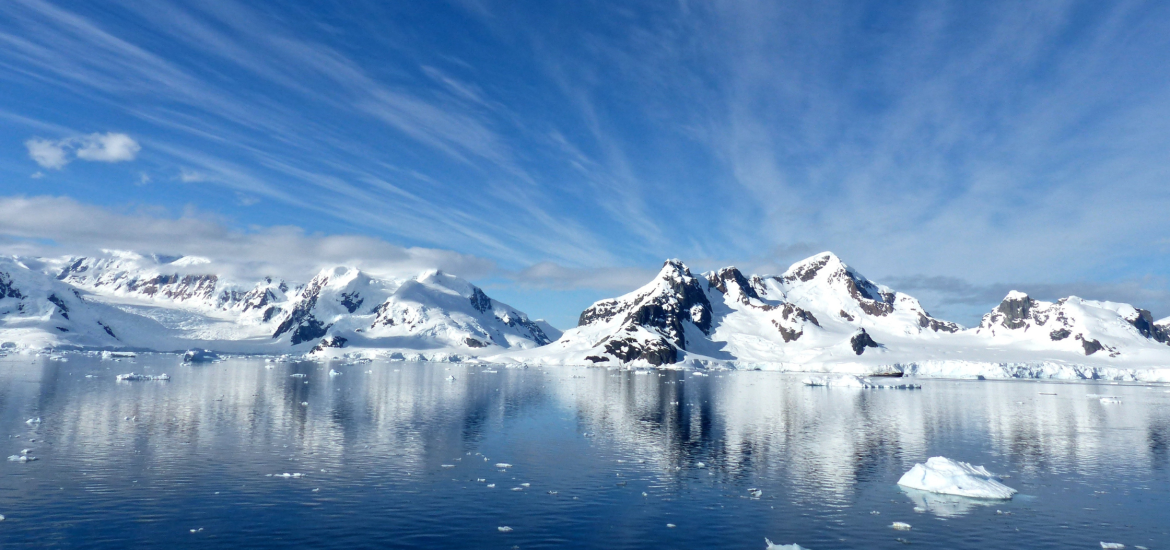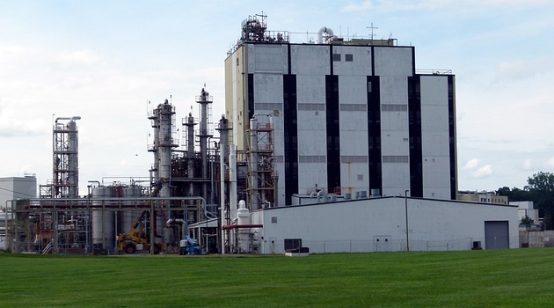
Recent research reveals that parts of Antarctica are experiencing alarming rates of greening due to extreme heat events. Scientists analyzed satellite images to assess vegetation levels on the Antarctic Peninsula, which has been warming significantly faster than the global average.
The study, conducted by researchers from the universities of Exeter and Hertfordshire, along with the British Antarctic Survey, indicates that plant life—primarily mosses—has increased more than tenfold over the past four decades. In 1986, vegetation covered less than 0.4 square miles of the Antarctic Peninsula, but by 2021, this area had expanded to nearly 5 square miles. The rate of greening accelerated by over 30% between 2016 and 2021, despite the landscape still being predominantly snow, ice, and rock.
Thomas Roland, an environmental scientist at the University of Exeter and one of the study’s authors, emphasized that these findings demonstrate the far-reaching impact of anthropogenic climate change. “Even in the Antarctic Peninsula, a remote wilderness, the landscape is changing, and these effects are visible from space,” he stated.
Antarctica, known as the coldest place on Earth, has recently faced extreme heat events. This summer, certain regions recorded temperatures up to 50 degrees Fahrenheit above normal, while March 2022 saw temperatures soar by as much as 70 degrees above average—unprecedented figures for the continent.
As global fossil fuel pollution continues to rise, the warming trend in Antarctica is expected to persist, further accelerating the greening process. The more the peninsula becomes green, the more soil will form, creating a more favorable environment for invasive species, which could pose threats to native wildlife. “Seeds, spores, and plant fragments can easily reach the Antarctic Peninsula via tourists, researchers, migrating birds, and wind, increasing the risk of invasions,” Roland explained.
This greening trend also affects the peninsula’s ability to reflect solar radiation. Darker surfaces absorb more heat, potentially exacerbating the warming process. Although these impacts may be localized, they could contribute to further plant growth as the climate continues to warm.
Matthew Davey, an associate professor of physiological ecology at the Scottish Association for Marine Science, described the study as a significant advancement in understanding plant life in Antarctica. He noted that the actual area of increased vegetation might be even larger than reported, as the study primarily detected larger moss fields, overlooking other types of vegetation such as lichens, grass, and snow algae.
While the overall area of plant life may seem small, the percentage increase is dramatic, indicating a trend of slow but steady vegetation spread in Antarctica. The next phase for researchers will involve studying how plants colonize newly exposed land as glaciers continue to retreat.





